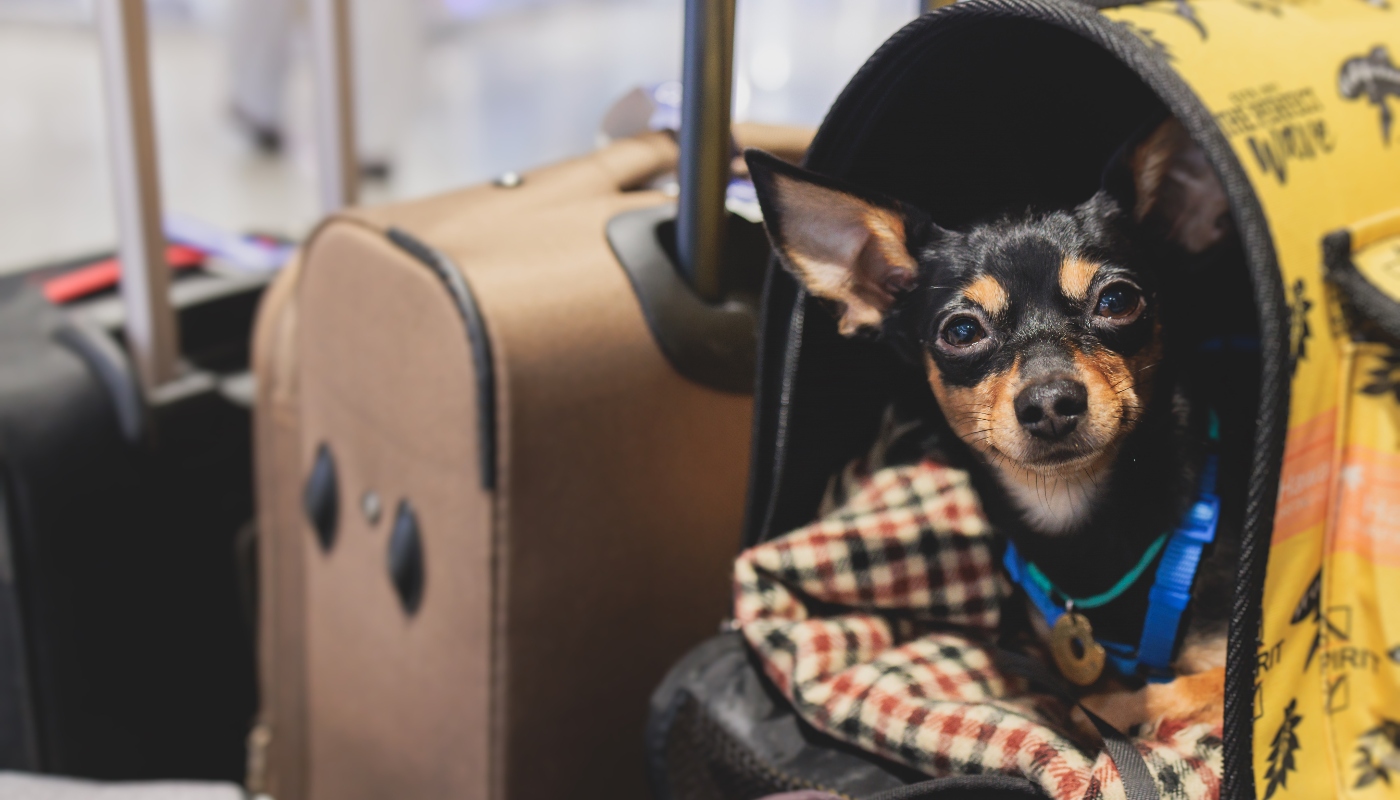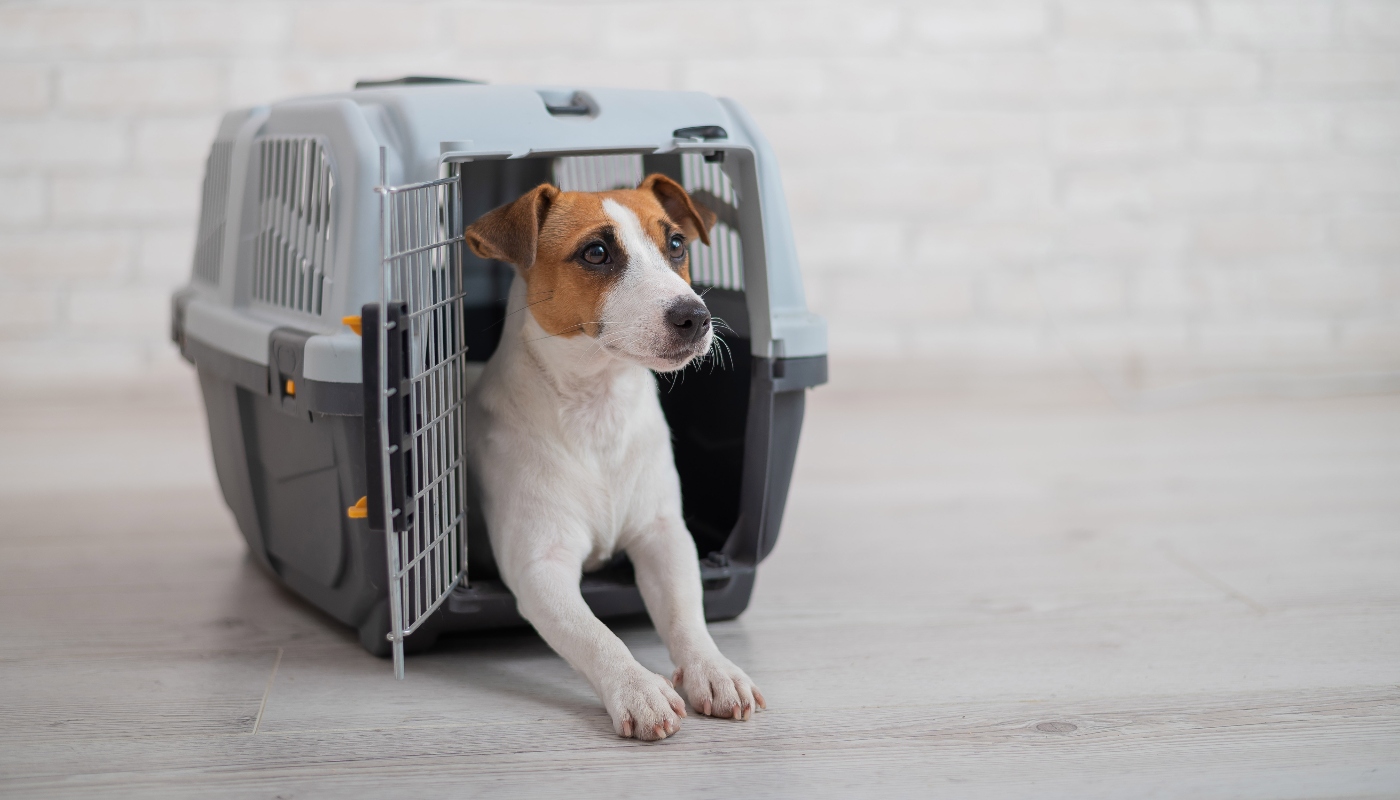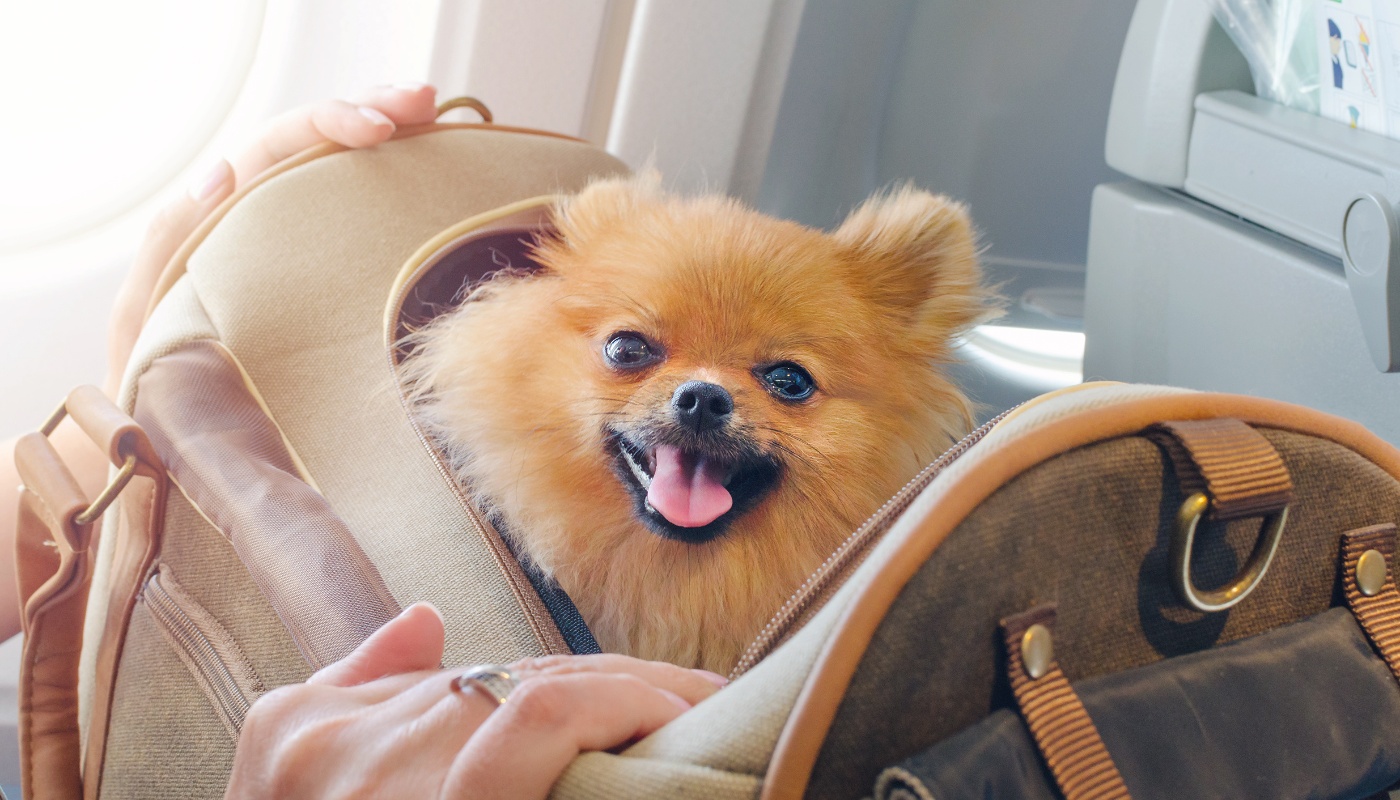Flying with dogs: All you need to know
Find out everything you need to know about flying with dogs, including which airlines allow pets in the cabin, airline requirements and tips to make the journey as smooth as possible.
pets
Share

Is it possible to travel by plane with dogs? This is a common question when considering travelling with your pet to another city or country. The good news is that some airlines allow dogs in the cabin. However, there are specific rules to follow, and all the necessary documentation must be in order before departure. Let's take a look at the key details.
Top tips for flying with your dog
If you're travelling to another country, the first step is to find out if you can bring your dog. Embassies and consulates can provide information on prohibited breeds, entry restrictions and requirements such as vaccinations. Some destinations have strict rules, such as Iceland, where a two-week quarantine period makes it virtually impossible to bring a dog on holiday. Other countries, such as the UK, only require tapeworm treatment before entry.
In addition, each airline has specific policies for pet travel, including size restrictions for pet carriers. It's also important to gather all the necessary paperwork, including your pet's passport, vaccination records, a deworming certificate (if required by the destination country) and a health certificate issued a few days before departure to confirm your dog is fit to travel.

Which airlines allow dogs in the cabin and what are their requirements?
Dogs can travel by air, but whether they can travel in the cabin or the hold depends on their weight. Many airlines, such as Iberia, Air Europa and Vueling, allow dogs up to 8kg to travel in the cabin in a flexible pet carrier. However, Air Europa, for example, does not allow brachycephalic breeds (such as bulldogs, pugs and boxers) to travel in the hold due to potential respiratory problems. Generally, dogs weighing more than 8 kg must travel in the hold in a rigid carrier. Some airlines require all pets to travel in the hold, regardless of the dog's weight.
If your dog is allowed in the cabin, you will need to book a seat and pay for their ticket in advance. At check-in, your dog will be weighed to ensure that it meets the airline's requirements, and the comfort of the carrier will also be assessed. Iberia allows carriers up to 45x35x25 cm, while Air Europa allows 40x30x30 cm. The Trixie Wings pet carrier is accepted by most airlines.
For dogs travelling in the hold, the carrier must also meet specific size requirements, and an additional fee applies. Brands such as Trixie offer high-quality, airline approved carriers such as the Be Eco Giona, Gulliver and Skudo models, which come in a range of sizes to accommodate different weights and are ideal for transport in the hold.
When it comes to checking in and collecting your pet at the airport, it's important to understand the procedure at your destination to minimise the time your dog spends alone. In most cases, you will need to present the pet carrier at the check-in counter for validation. Your dog will also go through a special animal screening process. The carrier will then be sealed with cable ties to prevent accidental opening during the flight.
It is important to time your check-in to ensure that your dog spends as little time as possible in the carrier. It's also a good idea to travel during cooler times of the day and to avoid flights with stopovers. In addition, some airports have designated areas for pets, giving travelling dogs a much-needed break.

Do dogs suffer when travelling by plane? Signs of stress and tips to minimise anxiety
Flying can indeed be stressful for dogs as they are exposed to an unfamiliar environment with changes in air pressure, loud noises, vibrations and separation from their owners. Common signs of stress in dogs before a flight include excessive panting or drooling, barking, increased heart rate, muscle stiffness or even apathy.
If your dog has to travel in the hold, talk to your vet in advance about whether a mild sedative is appropriate. Packing familiar items such as a blanket, cushion, favourite toy or even a small water container can make the journey more comfortable. It's best to avoid feeding your dog within four hours of departure. In addition, to reduce pre-flight anxiety, get your dog used to being in the carrier before the trip - taking them for car rides in the carrier can help simulate the feeling of movement.
For dogs travelling in the cabin, it's easier to reassure them by speaking to them calmly and even offering gentle strokes. In some cases, you may be able to let them peek out of the carrier briefly or reward them with a treat for good behaviour. Always follow the instructions of the cabin crew.
Whether your dog is travelling in the cabin or the hold, once you arrive at your destination, give them time to settle in and move around freely, as they are likely to want to stretch their legs after the journey.






